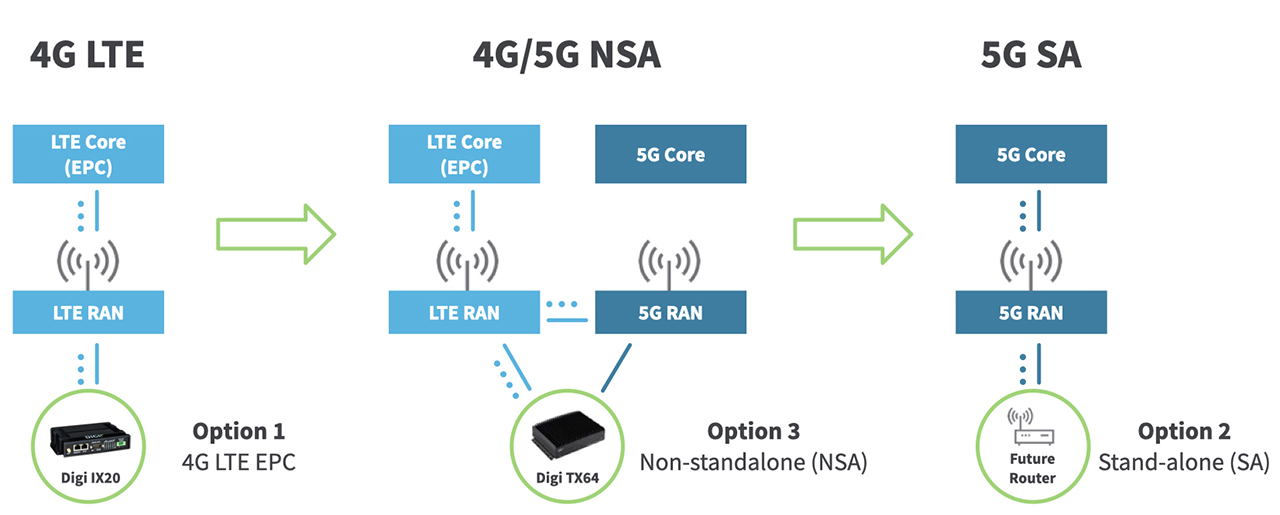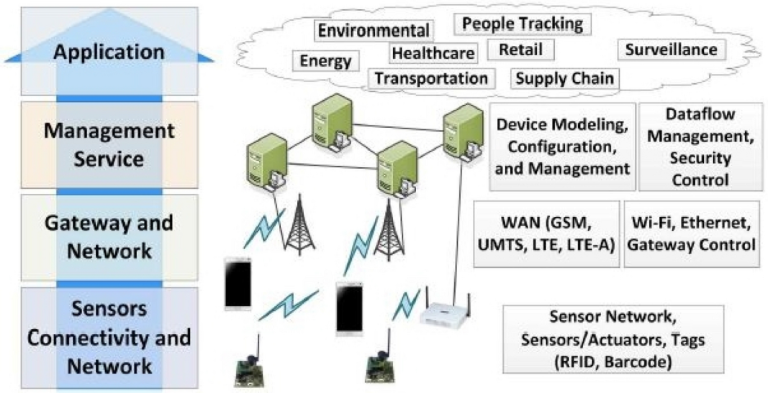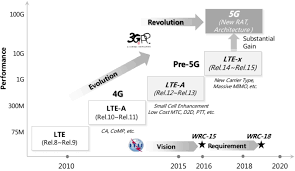5G Migration Strategies: PDF & PPT Resources
telcomatraining.com – The global shift toward 5G technology is no longer a distant vision—it is happening now. As telecom operators, enterprises, and governments work to implement next-generation connectivity, the demand for structured 5G migration strategies has grown significantly. Organizations need clear roadmaps, technical frameworks, and resource materials to navigate the transition smoothly. This article explores effective strategies for 5G migration while providing valuable PDF and PPT resources that can help businesses and professionals accelerate their journey.
Why 5G Migration Matters
5G promises ultra-fast speeds, low latency, and massive device connectivity, which are critical for innovations like smart cities, autonomous vehicles, and IoT ecosystems. However, the transition from 4G/LTE to 5G requires careful planning. Without a structured strategy, organizations may face challenges such as:
- Infrastructure gaps (hardware, spectrum allocation, and backhaul requirements)
- Operational disruptions during network upgrades
- Security concerns as more devices and applications connect to networks
- High costs of deployment and modernization
A well-defined 5G migration plan mitigates these risks and ensures a smoother, more cost-effective rollout.
Key 5G Migration Strategies
- Network Assessment and Planning
Before migration, telecom providers and enterprises must evaluate their existing network architecture. Identifying legacy infrastructure, bandwidth requirements, and traffic patterns helps define a scalable roadmap. - Phased Deployment
Instead of a complete overhaul, many operators choose a phased approach, beginning with non-standalone (NSA) 5G that integrates with existing LTE networks. Over time, they shift to standalone (SA) 5G for full capability. - Edge Computing Integration
To maximize 5G’s low-latency potential, businesses are adopting edge computing solutions. Placing compute power closer to the end user reduces delays and enhances real-time applications like AR/VR and industrial automation. - Cloud-Native Architecture
Migrating to 5G involves embracing cloud-native, software-defined networks (SDN) and network function virtualization (NFV). These enable scalability, flexibility, and faster service deployment. - Security by Design
With billions of IoT devices connecting via 5G, security becomes paramount. Organizations should adopt zero-trust architectures, encryption protocols, and AI-driven threat detection systems.
Benefits of Using 5G Migration Resources (PDF & PPT)
Navigating the technical and strategic challenges of 5G is easier with structured resource materials. PDF guides and PPT presentations serve as practical tools for:
- Training and education – Teams can quickly understand 5G fundamentals, use cases, and technical standards.
- Strategic alignment – Management can align goals with technical teams using clear visual roadmaps.
- Stakeholder communication – PPT slides simplify complex migration plans for decision-makers and investors.
- Knowledge sharing – Downloadable resources allow organizations to customize strategies for their industry.
Where to Find 5G Migration PDF & PPT Resources
If you are seeking ready-to-use 5G migration strategy PDFs and PPTs, several reliable sources are available:
- Telecom industry reports – Major research firms like GSMA, Deloitte, and Ericsson publish detailed migration frameworks.
- Educational platforms – Online learning sites and universities often share free or paid PPT slide decks on 5G.
- Technology blogs and whitepapers – Many IT consultancies provide downloadable PDF whitepapers covering 5G use cases.
- Internal documentation – Companies can create customized PPTs for in-house training, based on public frameworks.
Pro Tip: Use search queries like “5G migration strategy PDF download” or “5G deployment roadmap PPT” to find high-quality materials.
Final Thoughts
5G migration is not just a technological upgrade—it is a strategic business transformation. By adopting a phased approach, integrating edge computing, and prioritizing security, organizations can ensure a seamless transition. Accessing PDF and PPT resources enhances knowledge, communication, and implementation efficiency across teams.
Whether you are a telecom operator, IT manager, or enterprise decision-maker, having the right 5G migration strategies and downloadable resources will be crucial for long-term success.







